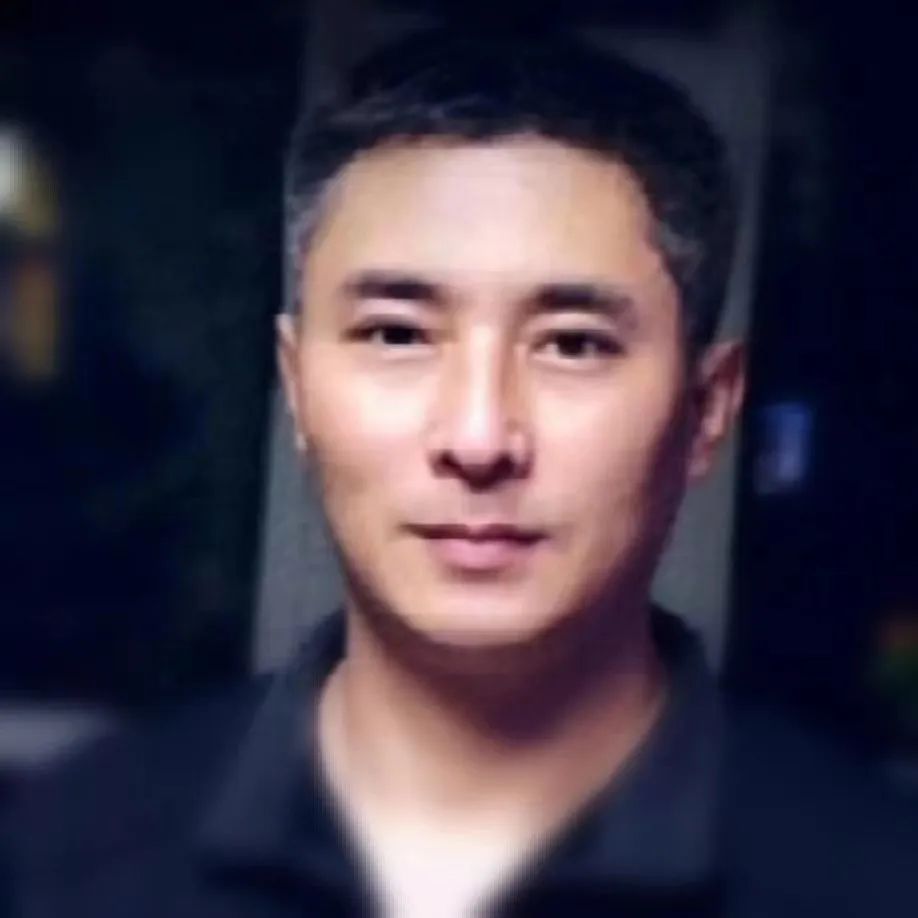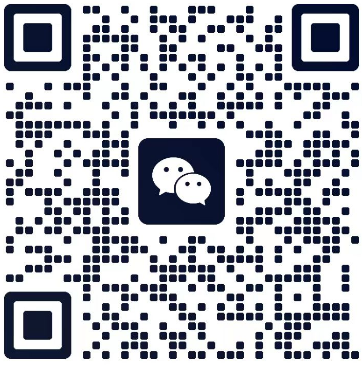
Author Introduction
Lei Xudong, pen name Lei Gang, born in 1972, comes from a family of traditional Chinese medicine practitioners, graduated from Changchun University of Chinese Medicine, and has developed his own unique approach to TCM.
Specializes in: Goiter, lungnodules
Breast hyperplasia, gallstones, kidney stones
Gastrointestinal diseases, cardiovascular and cerebrovascular diseases

The balance of Yin and Yang is one of the core principles of traditional Chinese medicine (TCM), emphasizing that the dynamic equilibrium of these two forces within the human body is key to maintaining health. Although modern medicine does not directly use the concept of “Yin and Yang,” its research on physiological functions, pathological states, immune regulation, and metabolic balance aligns closely with TCM’s Yin-Yang theory. The following is the author’s understanding of the balance and imbalance of Yin and Yang from a modern medical perspective, aiming to spark discussion and welcome corrections:
1. Yin Deficiency and Yang Excess
• Yin deficiency equals a loss of physical constitution
Yin deficiency can be understood in modern medicine as insufficient material basis or energy reserves in the body. For example, a lack of intracellular fluid and nutrients (such as glucose and amino acids) leads to an inability to maintain normal physiological functions. Additionally, Yin deficiency may manifest as decreased cellular repair capacity and weakened antioxidant ability, similar to malnutrition or chronic consumption states in modern medicine.
• Yang excess equals an overactive disease state
Yang excess manifests as excessive physiological function or heightened metabolic activity. For instance, excessive inflammatory responses, overactivation of the immune system, and endocrine disorders (such as hyperthyroidism) can lead the body to a state of “excitement.” The “Yang excess” state in modern medicine may be related to overactive mitochondria and energy metabolism imbalance, which can disrupt cellular function.
2. Yang Deficiency and Yin Excess
• Yang deficiency equals a decline in physiological function
Yang deficiency can be understood as a reduction in physiological functions, such as decreased metabolic rate, weakened immune function, and diminished neural regulation ability. For example, chronic fatigue syndrome and hypothyroidism often present as insufficient bodily functions. In modern medicine, Yang deficiency may be associated with mitochondrial dysfunction and insufficient energy metabolism, leading to impaired cellular function.
• Yin excess equals the accumulation of pathological products
Yin excess manifests as the accumulation of pathological products, such as inflammatory exudates, metabolic waste, and edema. These pathological products can interfere with normal physiological functions, leading the body to a state of “Yin excess.” In modern medicine, the Yin excess state may be related to the accumulation of metabolic waste within cells and the imbalance of mitochondrial fusion-fission processes.
3. Concurrent Yin and Yang Deficiency
• Yin deficiency equals a loss of physical constitution
When both Yin and Yang are deficient, Yin deficiency manifests as insufficient material basis, such as malnutrition, reduced intracellular fluid, and decreased tissue repair capacity. This state may be related to chronic wasting diseases in modern medicine.
• Yang deficiency equals weakened physiological function
At the same time, Yang deficiency manifests as weakened physiological functions, such as slowed metabolism, reduced immune function, and diminished neural regulation ability. This state is common in severe chronic diseases or among the elderly. In modern medicine, this state may be associated with mitochondrial dysfunction and insufficient metabolic capacity.
4. Mixed Yin and Yang Conditions
• Yin excess equals the accumulation of pathological products
In mixed Yin and Yang conditions, Yin excess manifests as the accumulation of pathological products, such as inflammatory exudates, edema, and metabolic waste. This state may be related to the accumulation of metabolic waste within cells and mitochondrial dysfunction.
• Yang excess equals an overactive disease state
At the same time, Yang excess manifests as excessive physiological function, such as excessive inflammatory responses and overactivation of the immune system. This state is common in complex chronic diseases, such as autoimmune diseases, where there is both heightened inflammatory response and accumulation of metabolic waste.
5. Yin Balanced and Yang Secreted
• Yin balanced equals a harmonious and moderate constitution
Yin balanced indicates that the material basis of the body is sufficient and moderate, with intracellular fluid, nutrients, and tissue fluids in a state of equilibrium. In modern medicine, this state can be understood as having sufficient intracellular metabolic substances and energy reserves to meet physiological needs.
• Yang secreted equals matching physiological function and constitution
Yang secreted indicates that physiological functions are matched with the material basis, with metabolism, immunity, and neural regulation functioning normally and moderately. This state is a manifestation of health, similar to the homeostatic balance in modern medicine.
Integration of Modern Medicine and TCM Yin-Yang Theory
Although modern medicine employs different disease classifications and treatment methods, it aligns with TCM’s Yin-Yang theory in certain aspects. For example, immune regulation, metabolic balance, and neuroendocrine functions in modern medicine share similarities with TCM’s concept of Yin-Yang balance. Furthermore, modern medical research has also found that the processes of mitochondrial fusion and fission possess Yin-Yang attributes, and their dynamic balance closely resembles TCM’s Yin-Yang balance theory.
By integrating TCM’s Yin-Yang theory with modern medicine’s physiological and pathological mechanisms, we can provide a more comprehensive perspective for disease diagnosis and treatment, as well as promote innovation and development in the integration of Chinese and Western medicine.
In conclusion, the balance of Yin and Yang is not only the essence of TCM theory but also offers new research ideas and methods for modern medicine.
(Original article, reproduction prohibited)

